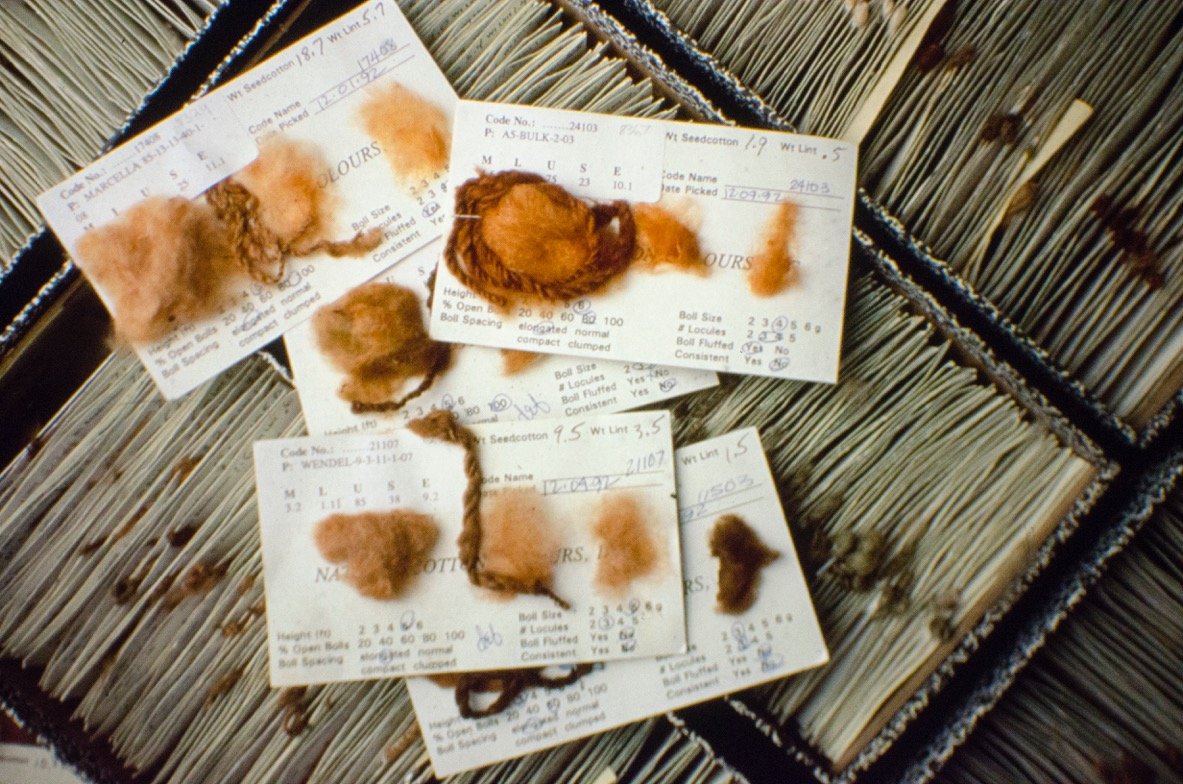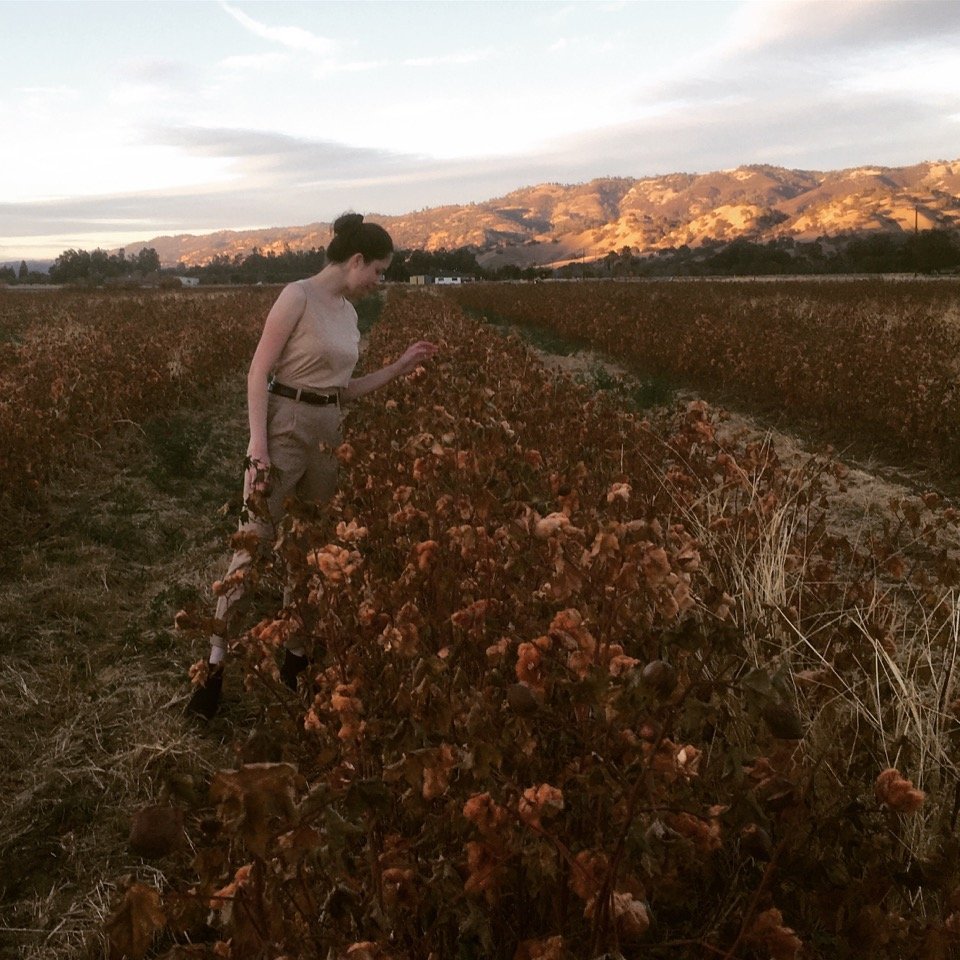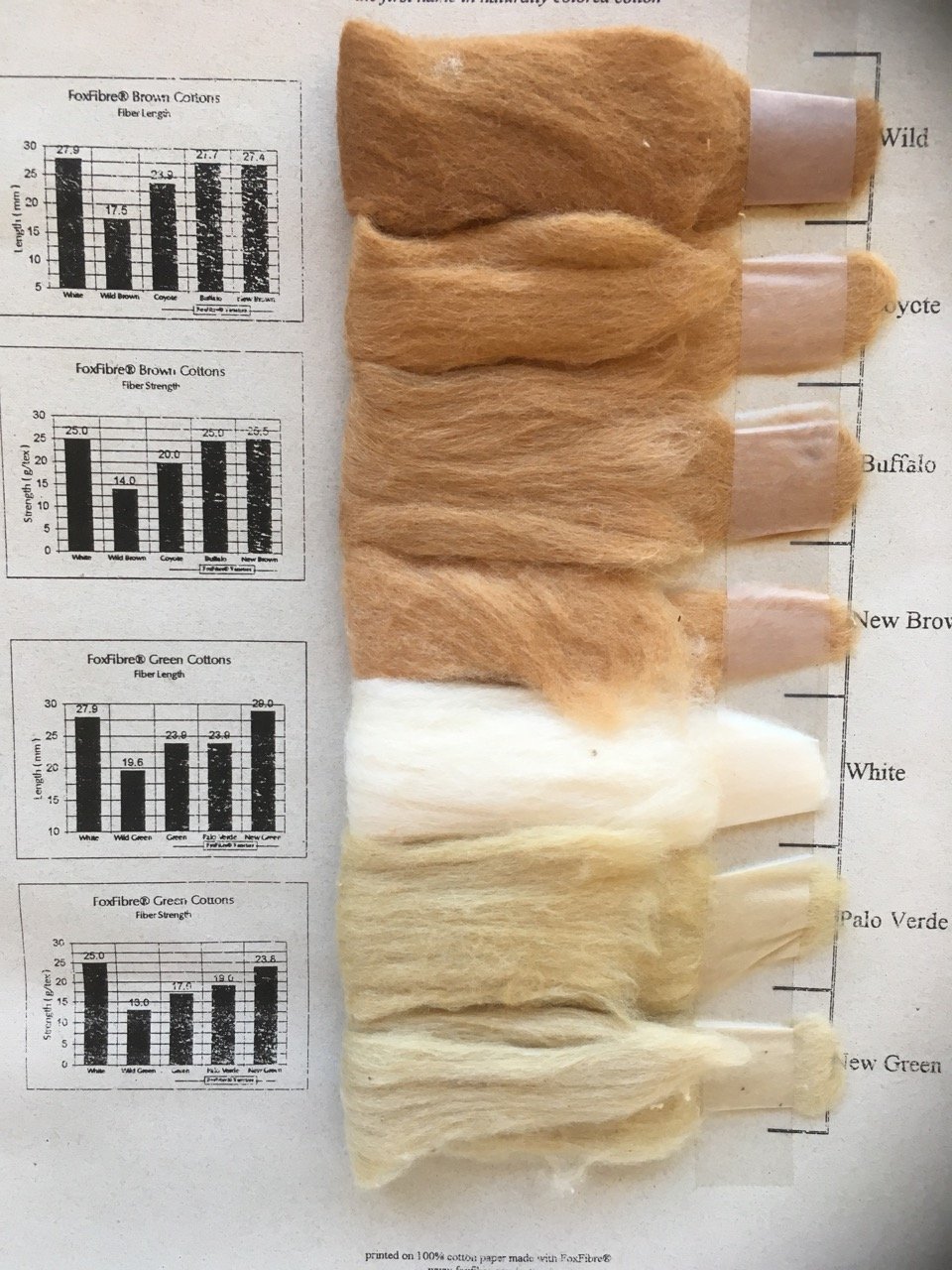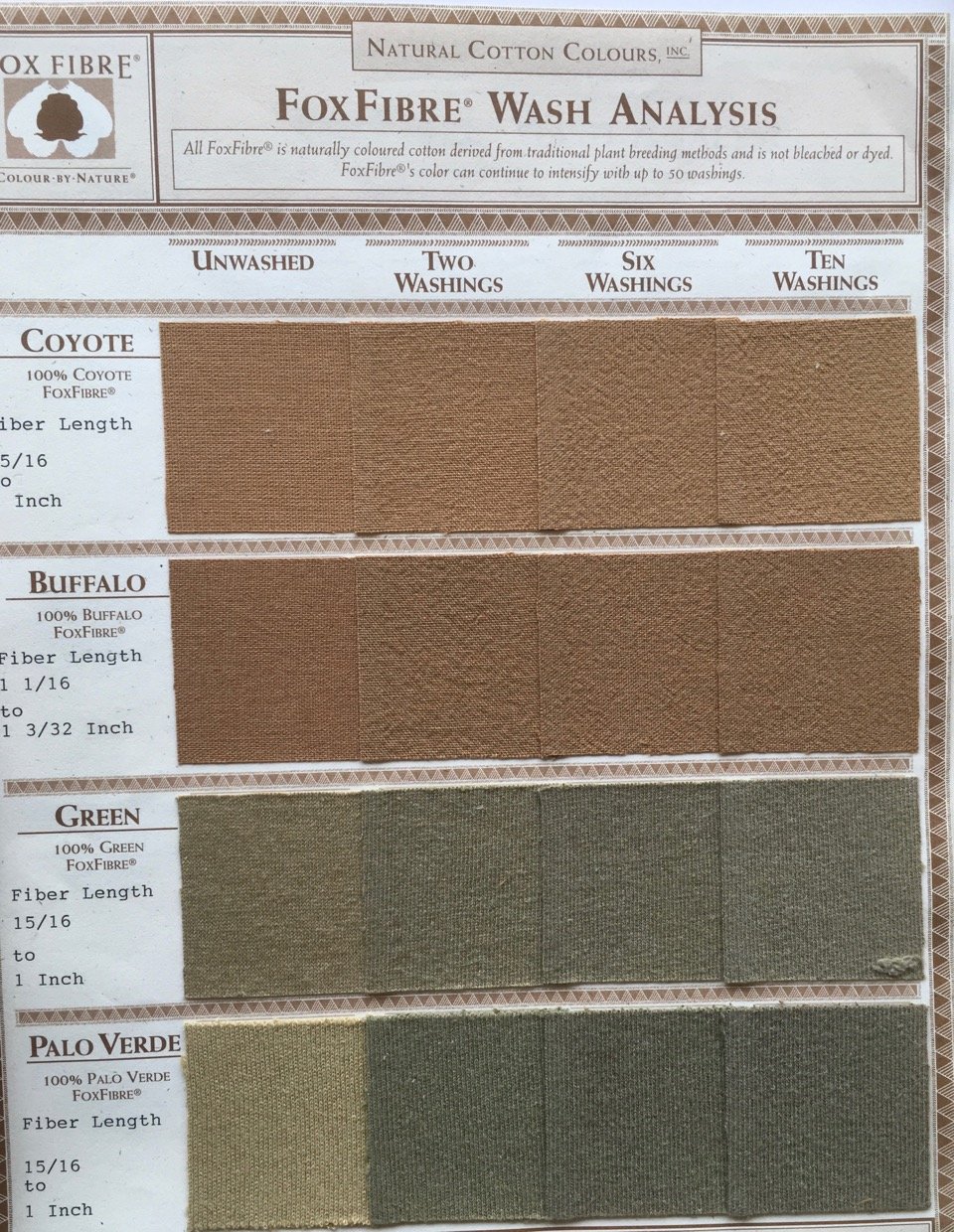Breeding naturally colored organic cotton
photo by Matthew Odom
In episode 267, Kestrel welcomes farmer and scientist, Sally Fox, to the show. Known for her work in developing strong genetics in organic, naturally-colored cotton, Sally also has experience in raising heritage Merino sheep and a variety of crops, including Sonora wheat.
“I viewed the misuse of ag chemicals and the overuse of dyes — I see them as the same thing. I don’t see why we’re using dyes on products, on the colors we can grow ourselves. I want to see materials that are expensive and precious and costly in terms of energy and water use, to be used where you have to use them — not just on a whim.”
-Sally
One of the most environmentally and socially detrimental stages in the textile supply chain is the DYEING PROCESS – where we add colors to our textiles. As highlighted in Rita Kant’s article Textile dyeing industry an environmental hazard, “The World Bank estimates that 17 to 20 percent of industrial water pollution comes from textile dyeing and finishing treatment given to fabric. Some 72 toxic chemicals have been identified in water solely from textile dyeing, 30 of which cannot be removed.”
Yes, there are natural dyes which can be an amazing option. And yes, there are lower-impact dyes, which can often be a so-called better option.
But what if we could grow fibers that were bred for many distinct attributes, including COLOR?
Well, we can. It’s something that Sally Fox has been working on for the last 40 years – from breeding to growing to harvesting to spinning to yarn design, to many other layers in between, she’s a legend in the cotton industry.
Her work planted a lot of the seeds that have grown into today’s organic industry in the U.S.
And through her closeness to so many pieces of the cotton supply chain, she has incredible insight on many of the complexities of growing organic that are often overlooked.
Quotes & links from the conversation:
“The USDA had been giving them to to all the breeders because they were sources of innate insect and pest and disease resistance. They were very very vigorous, but they had this fiber that wasn’t usable. So, I asked him ‘why don’t we just improve the fiber and make it usable?’ And he said ‘there’s no market for naturally colored cottons’. And I said, ‘well why don’t we make a market?’ And this guy was in his 70s and I was in my 20s and he started laughing and he said, ‘here you can have the seeds and you can even have part of the greenhouse so start it up.’ -Sally (11:11)
“Breeding is about focusing on where you want to go and then growing as many plants as you can afford that allow for the plants to express themself with the greatest diversities, so you can pick the ones that are going the direction that you want.” -Sally (28:03)
Dr. Jane Dever, cotton breeder
“No that many people who breed cotton have a deep understanding of the use of the fiber. Most breeders are breeding for yield because farmers buy seeds by how much the yield is. They need to make enough money to stay in business and yield is the thing they look for.” -Sally (49:35)
“If there’s ever been a product that entered the world because of the support of people who were devoted to their craft, it is this.” (51:19)
Vreseis, Sally’s Website









